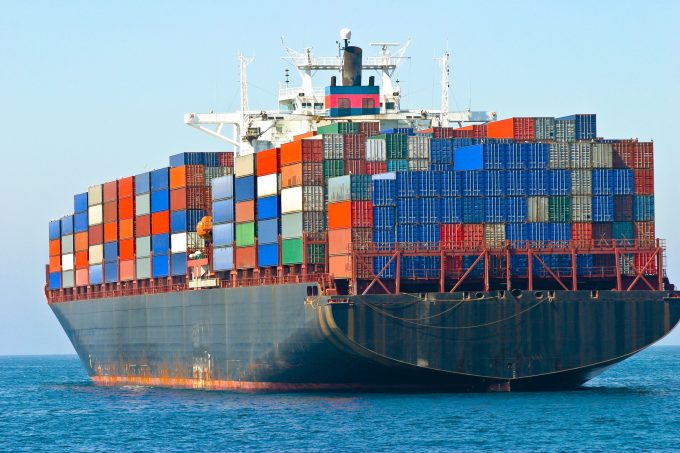Container spot rates diverge: to Europe still falling, but firmer to the US
A divergence in container spot freight rates between the Asia-Europe and Asia-North America trades emerged ...

Fresh concerns have been raised over the liner industry’s ability to recoup the increased fuel costs from IMO 2020.
McKinsey partner Steve Saxon said there was “some good and some cautious news” for carriers in the run up to 1 January, when the new low-sulphur fuel regulation kicks in.
“The good news is there will be sufficient supply of low-sulphur fuel oil (LSFO),” he told delegates at the TPM Asia conference in Shenzhen last week.
“There will be some volatility in January, but ...
MSC Elsa 3 sinking – now the 'blame game' begins
Crew saved as MSC box ship, hit by 'monsoon' off Indian coast, sinks
After DSV 'cuts the cake' on Schenker acquisition, time for redundancies?
New services and reinstated blanked sailings boost transpacific capacity
Congestion fear as US west coast ports brace for transpacific cargo surge
$2.1bn E2open purchase will 'catapult WiseTech into a different dimension'
Houthis claim Red Sea safe for box ships not calling at port of Haifa
Bad news for shippers as wave of transpacific rate increases continues
Shippers hold their breath as Trump appeals court ruling that tariffs are illegal
No deals with carriers, say Houthis – Red Sea safe for non Israel-affiliated ships
Shippers brace for rate rise as smart phones expected to drive air cargo market
US importers stockpiling goods to avert autumn shortages amid tariff chaos

Comment on this article
Martyn Benson
October 14, 2019 at 2:32 pm^What is the point of writing an article about 2020 bunker effects and prices when the interviewed ‘experts’ disagree with each other (and come out with statements of the blindingly obvious).
HSBC claims huge fuel price increases but this is likely to depend on the Middle East and other world events rather than IMO2020.
IHS claims that the markets have played into carriers’ hands but all we currently see is falling freight rates as supply continues to out-strip demand for space.
How can the recovery of fuel costs in 2020 be reconciled when two members of the same alliance have opposing views and strategies and are co-loading on each others ships?
The only one of these views which makes any sense is Mr. Saxon but, if you ask enough respondents, you will eventually get the right answer……..even if he is a so-called ‘expert’.